Glycerin Purification
We believe in providing top quality workmanship and are so confident in our level of service that we back.
We believe in providing top quality workmanship and are so confident in our level of service that we back.
Glycerine purification from biodiesel involves refining the crude glycerine, a by-product of the biodiesel production process, to produce high-purity glycerine. During biodiesel production, triglycerides from vegetable oils, animal fats, or used cooking oils react with alcohol in the presence of a catalyst, resulting in biodiesel and crude glycerine. This crude glycerine contains impurities like water, methanol, salts, and fatty acids, which must be removed to make the glycerine suitable for industrial or pharmaceutical applications.
Ideal for purifying sweet water derived from fat splitting processes, soap lye, and biodiesel production, ensuring high-quality water output for various industrial applications.
Crude glycerine is collected as a by-product during the biodiesel production process. It typically contains 40-60% glycerol, along with impurities such as methanol, water, and salts.
The first step in the purification process is the removal of methanol, which is typically done through distillation. Methanol is recovered and reused in the biodiesel production process.
After methanol removal, the crude glycerine undergoes dehydration to eliminate water content. This step is crucial as it prevents dilution and enhances the efficiency of subsequent purification stages.
The dehydrated glycerine is treated with chemicals such as acids and bases to neutralize impurities and precipitate salts and other contaminants. The treated glycerine is then filtered to remove these precipitates.
The purified glycerine undergoes a final distillation process to achieve the desired purity level, typically 98.7% or higher. This step ensures that the glycerine meets pharmaceutical or industrial-grade standards.
The distilled glycerine is passed through fine filtration systems to remove any remaining impurities, ensuring a high-quality final product.

Utilizes Alum, Sodium Hydroxide, Ferric Chloride, and HCl for effective impurity removal.

Ensures thorough mixing and precise filtration to achieve purified water and recover valuable by-products.

Supports diverse industrial processes requiring clean water inputs.

Strategies to ensure proactive domination. At the end of the day,User generated content in real-time will have multiple touchpoints for offshoring.




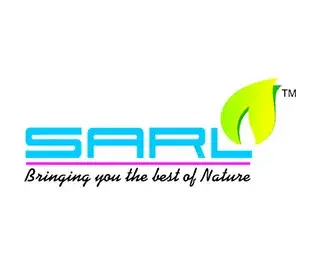

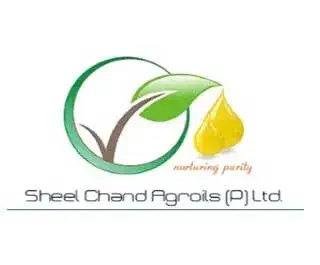
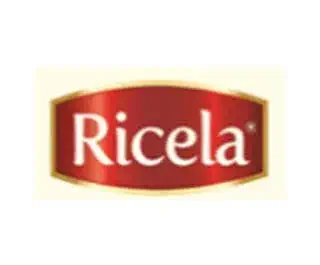
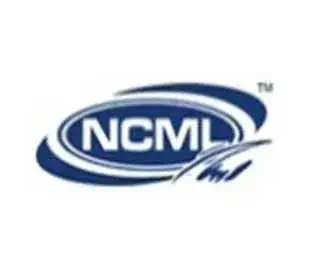

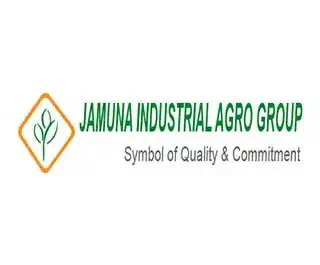





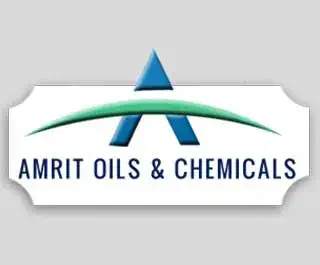
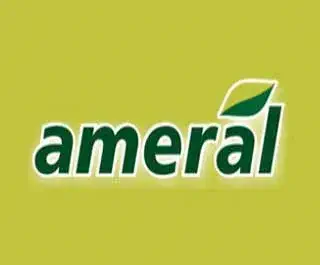





Discover some of the most asked questions Glycerin Purification.
Purified glycerine is used in pharmaceuticals, cosmetics, food products, and various industrial applications, including antifreeze, plastics, and textiles.
Crude glycerine contains impurities that limit its use. Purification is necessary to remove these impurities and make the glycerine suitable for specific applications..
Purifying glycerine adds value to the biodiesel production process by converting a by-product into a valuable, marketable product with diverse applications.
The purification process is designed to be efficient and environmentally responsible, often recycling methanol and minimizing waste.